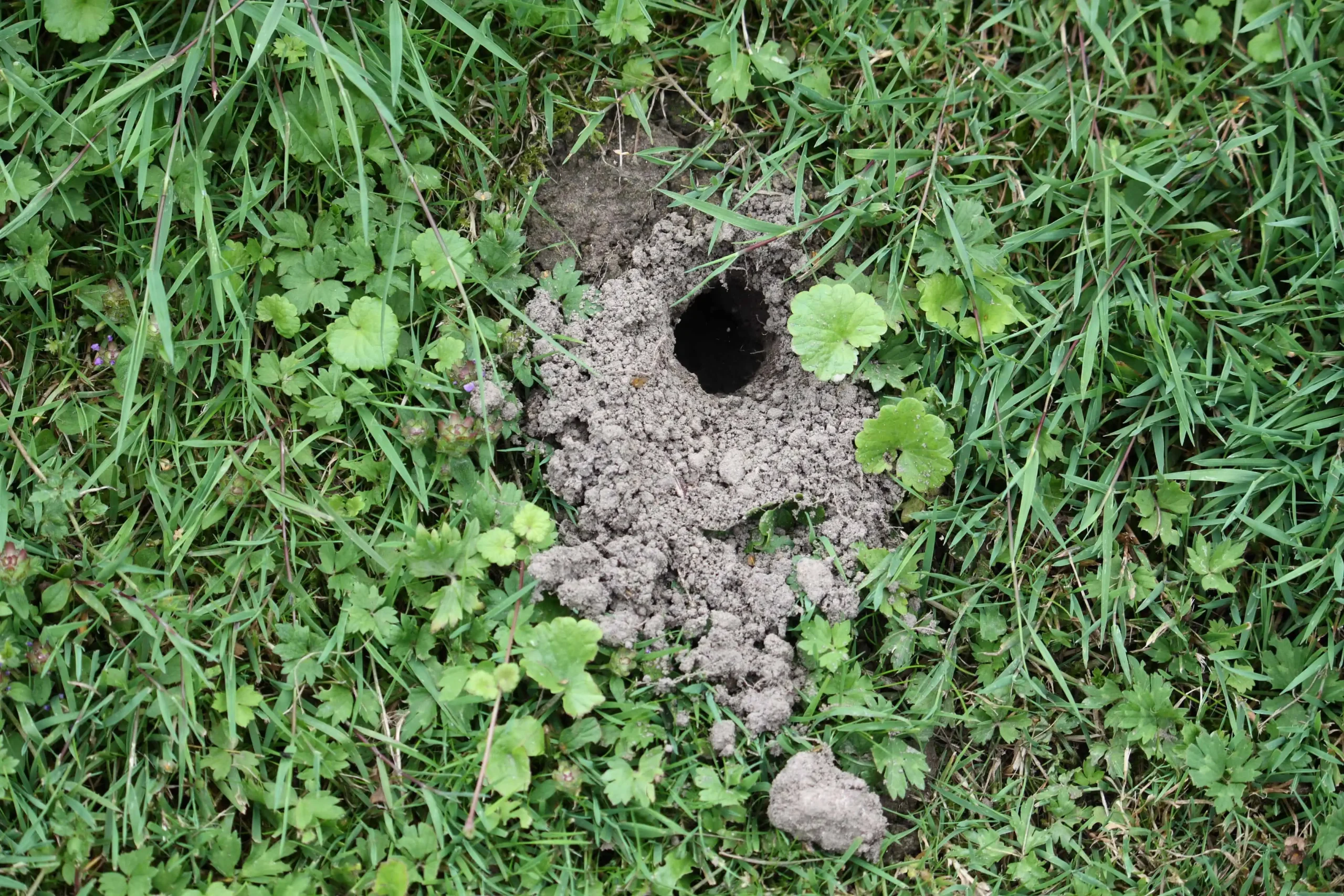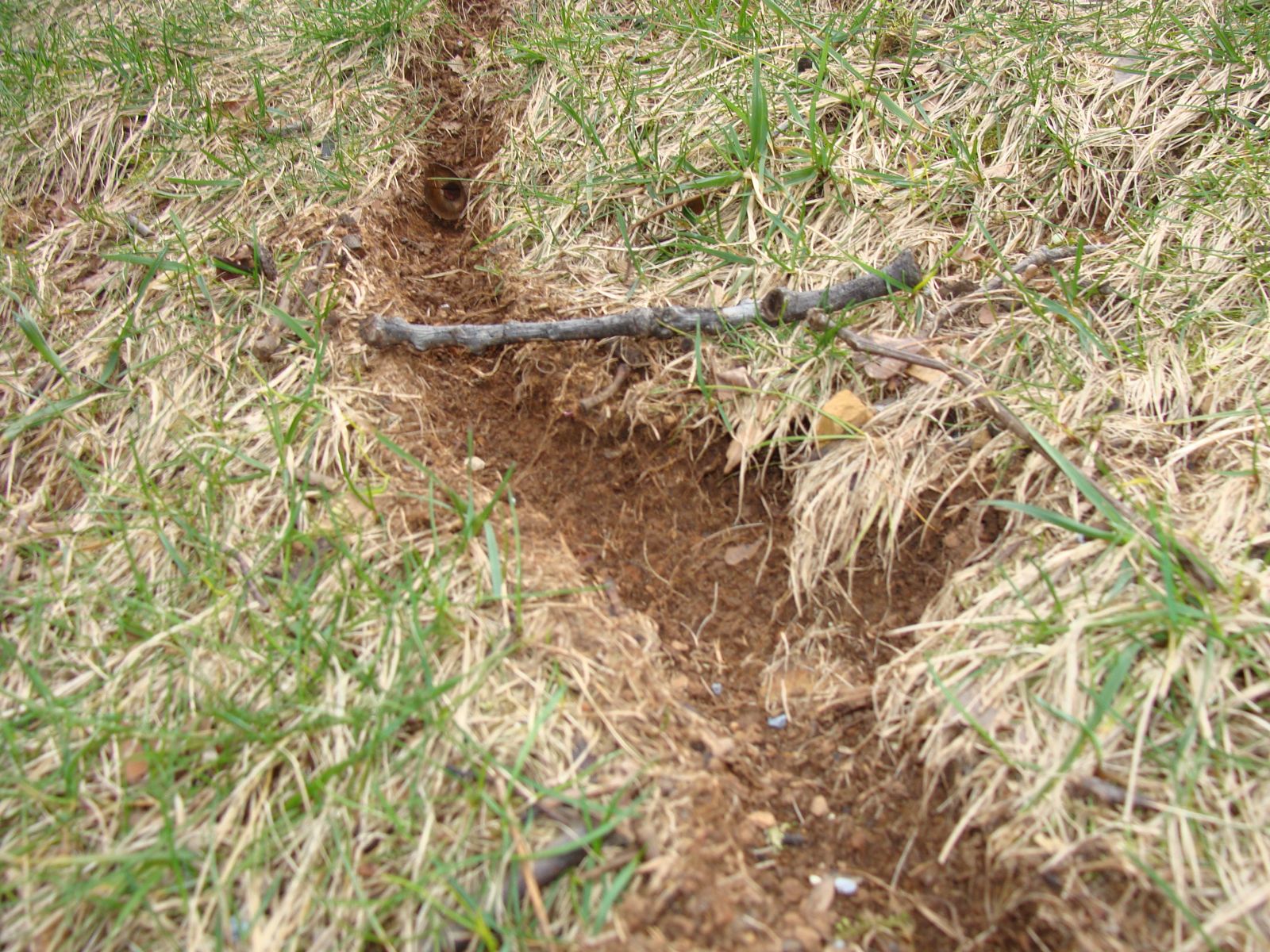Safeguard Your Lawn: Effective Vole Control Techniques
Safeguard Your Lawn: Effective Vole Control Techniques
Blog Article
Mastering Vole Bug Control: In-depth Insights on Invasion Avoidance and Therapy Strategies
By recognizing the subtle signs of vole invasion early on, we can take aggressive procedures to protect against prevalent damage. In this conversation, we will certainly explore the subtleties of vole habits, delve right into the identification of problem indicators, and discover the most effective prevention and therapy methods.
Recognizing Vole Habits
Examining the foraging patterns of voles supplies important understandings into their actions and habitat choices. Voles, small rats resembling mice, are herbivores recognized for their underground tunneling tasks. By observing their foraging behavior, researchers can obtain a much better understanding of where voles prefer to develop their environments and the extent of their ecological influence. Voles are prolific dog breeders, with a solitary female with the ability of producing a number of clutters in a year, making it vital to comprehend their habits for reliable pest control methods.
Research suggests that voles show careful feeding habits, liking tubers, origins, and seeds. This nutritional preference affects their foraging patterns, leading them to areas rich in plant life and ground cover. Furthermore, voles are recognized to create sophisticated passage systems for foraging and nesting objectives, showing a high level of versatility to their environments.
Understanding vole habits is important for executing targeted bug control actions that interrupt their habitat choices and foraging tasks (vole pest control). By examining their behavior, experts can develop more reliable avoidance and therapy approaches to handle vole invasions

Identifying Indications of Vole Infestation
Vole infestations can be spotted by recognizing specific indicators of their visibility in a location. One of one of the most typical signs of a vole problem is the existence of surface paths. Voles create networks of slim pathways on the ground that are usually about 2 inches broad. These paths are commonly discovered in verdant locations or beneath compost or ground cover where voles can move openly and browse for food.
An additional essential indication of vole infestation is the existence of small burrow openings in the ground. Voles dig shallow burrow systems with numerous entrances and departures. These burrows work as shelter and nesting websites for the voles. In addition, voles are known to leave chewed plant stems, roots, and bulbs near their burrow openings, suggesting their feeding task in the area.
Locating these droppings along runways or near burrow openings can verify a vole invasion. By being attentive for these indicators, property owners can promptly deal with vole invasions and prevent further damage.
Carrying Out Positive Avoidance Actions

Additionally, employing natural vole deterrents like castor oil-based repellents or killer pee can serve as reliable preventive actions. It is likewise advisable to regularly check outdoor rooms for any indicators of vole task, such as runways or tunnel openings, to address prospective infestations without delay. vole pest control. By taking on these proactive avoidance approaches, building owners can significantly lower the probability of vole damage and keep the wellness and aesthetic appeals of their landscapes
Effective Therapy Approaches
Incorporating targeted trapping approaches and using accepted rodenticides are important parts of reliable treatment techniques for handling vole infestations. Trapping can be a reliable way to minimize vole populations, particularly when put purposefully in their energetic runways. Snap catches and live look here catches can both be efficient, with the latter enabling for the capture and moving of voles. When using rodenticides, it is vital to comply with safety and security standards to prevent injury to non-target pets and animals. Area rodenticides in protected bait terminals to reduce dangers to unexpected targets. In addition, environment adjustment, such as minimizing ground cover and getting rid of sources of food, can help deter voles from infesting a location. Routine tracking and maintenance are additionally vital elements of successful therapy approaches to make sure that vole populations are maintained under control. By incorporating trapping, rodenticides, habitat alteration, and regular tracking, effective vole parasite control can be accomplished.
Surveillance and Maintenance Tips
Routine surveillance allows for the very early detection of vole activity, making it possible for prompt treatment before invasions worsen. To successfully monitor vole populaces, purposefully put traps can be used in vole paths or near burrow entrances.
Additionally, preserving a clean and clean landscape is important in vole avoidance. Clearing away particles, such as piles of wood or dense plants, eliminates possible vole habitats. Frequently trimming grass and trimming plants aids reduce vole hiding spots and reduces their access to food sources.
Additionally, continuous maintenance of physical barriers, such as fences or wire mesh, is essential to stop vole intrusion. Examining and fixing any type of problems to these frameworks makes certain that vole control continues to be effective in safeguarding residential or commercial properties from invasions. browse around here By integrating these tracking and upkeep practices right into an extensive vole bug control plan, people can properly manage vole populaces and shield their homes from damage.
Final Thought
Finally, understanding vole bug control needs a solid understanding of vole behavior, the capacity to determine indications of infestation, applying aggressive prevention measures, reliable treatment approaches, and regular surveillance and upkeep. By taking a thorough strategy to vole control, people can efficiently take care of and stop invasions, ultimately securing their building and surrounding atmosphere from damage triggered by these tiny rodents.
In this conversation, we will check out the subtleties of vole behavior, dig right into the recognition of infestation signs, and discover the most reliable prevention and treatment techniques.Including targeted capturing methods and using authorized rodenticides are essential components of efficient therapy approaches for managing vole infestations. To efficiently keep an eye on vole populaces, purposefully positioned catches can be utilized in vole runways or near burrow entrances. Checking and fixing any type of problems to these frameworks makes certain that vole control continues to be effective in safeguarding residential properties from problems. By including these surveillance and upkeep methods right into a detailed vole bug control strategy, people can properly take care of vole populaces and secure their buildings from damages.
Report this page